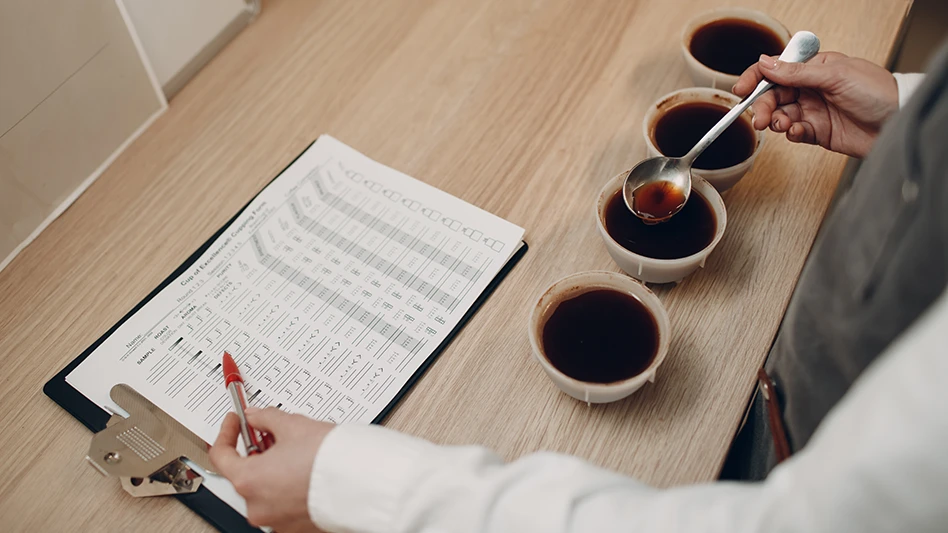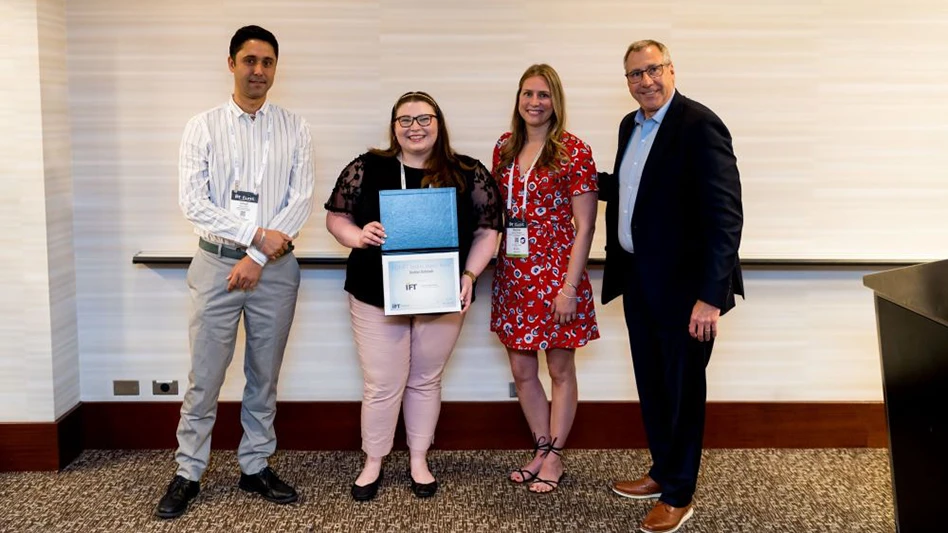
Adobe Stock | primipil
ESPOO, Finland — Two years after scientists in Finland successfully made coffee in a laboratory, VTT Technical Research Centre of Finland has released detailed information on the process. Published in the Journal of Agriculture and Food Chemistry, the scientific paper describes the process the scientists used to produce coffee, starting from the original coffee plant itself, and establishing cell cultures to alter its aroma in the roasting process, caffeine content, flavor analysis and sensory profiling by a panel of tasters.
While demand for coffee is rising, the production of coffee beans faces multiple sustainability challenges concerning land and water use, laborers’ rights and climate change. According to the Centre for the Promotion of Imports, Europe, the highest consumer of coffee in the world, imported over 3.9 tons of green coffee in 2021, with an estimated average of 11 pounds of coffee consumed per person each year.
Cellular agriculture provides a potential avenue for solving the main issues in coffee production in a sustainable way, also allowing for more regional self-sufficiency in areas with climates that are not suitable for coffee bean farming. In addition, lab-grown coffee has the potential to speed up coffee production significantly. Traditionally farmed coffee provides one to two harvests per year, whereas a new batch of lab-grown coffee can be made in a month due to the controlled process and the infinitely renewable nature of coffee plant cells that removes the need to grow new coffee plants from seeds.
However, the journey of lab-grown coffee to grocery store shelves and people's kitchens is anything but complete. Dr. Heiko Rischer, principal scientist and head of plant biotechnology at VTT Technical Research Centre of Finland, calls for an ecosystem dedicated to the production and commercialization of lab-grown coffee.
"It's one thing to grow coffee cells in a bioreactor,” Rischer said. “Making it a commercially viable product is a whole other matter. The raw material derived from different cultivars and species and the soil, the elevation, climate and even the year when the particular coffee beans were grown, plus the processes of roasting, fermentation and brewing are all factors that impact the end product. While lab-grown coffee is much more controlled, different approaches to, for example, roasting significantly impact the aroma profile of the coffee, which is a key consideration for the consumer.”
Ideally, players interested in the same coffee value chain, such as cultivators, roasters, blenders, fermenters and coffee brands, could come together to build the processes required to produce and commercialize the new sustainable type of coffee, he said.
"Our wish is that the publication of this scientific article, which clearly demonstrates proof of concept for lab-grown coffee, nudges forward the creation of an ecosystem or a collective that has the resources, know-how and drive to pioneer an entirely new type of coffee,” said Richer. “It is a huge challenge but one VTT is prepared to take on with the right partners and experts.”
Latest from Quality Assurance & Food Safety
- Multistate E. coli Outbreak Linked to Iceberg and Romaine Lettuce Blend
- FDA, USDA Seek Information About Food Date Labeling
- William Marler, Food Safety Advocate and Lawyer, Condemns Lack of Safety of U.S. Food Supply
- AFDO Infographics Illustrate State-Level Impact of FDA’s Proposed Budget Cuts
- Multistate Outbreak of Salmonella Typhimurium Linked to Cucumbers
- USDA Begins National Milk Testing Strategy to Address H5N1 in Dairy Herds
- USDA Announces Grain Inspection Advisory Committee Appointments
- Eagle Product Inspection Highlights FA3/M Fat Analysis Machine for Meat Inspection





